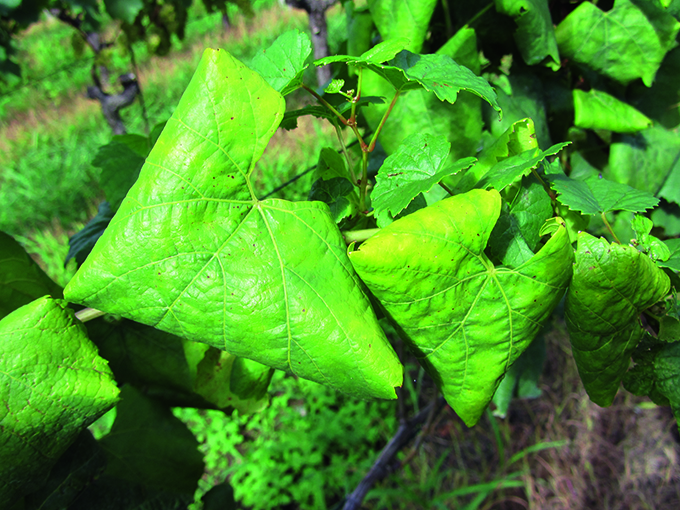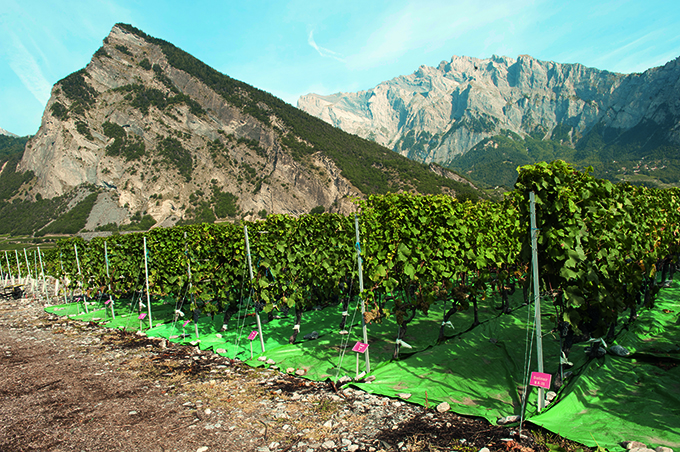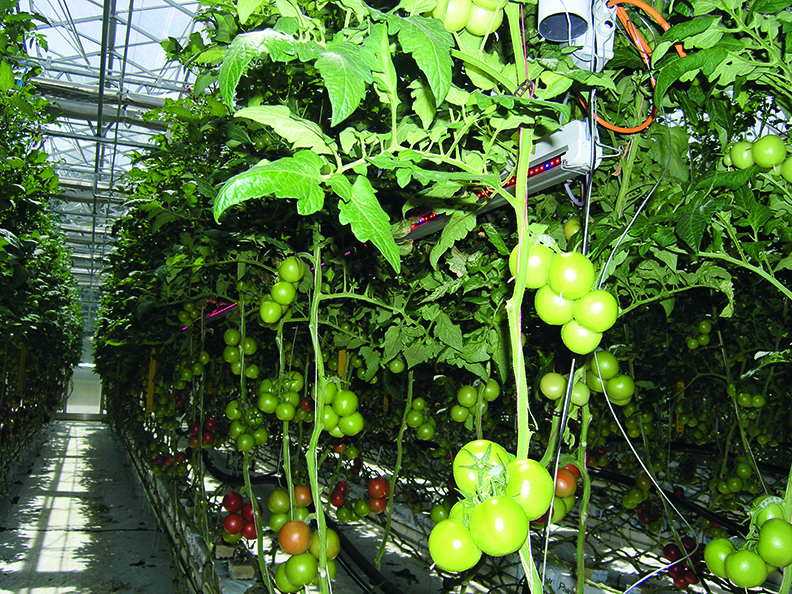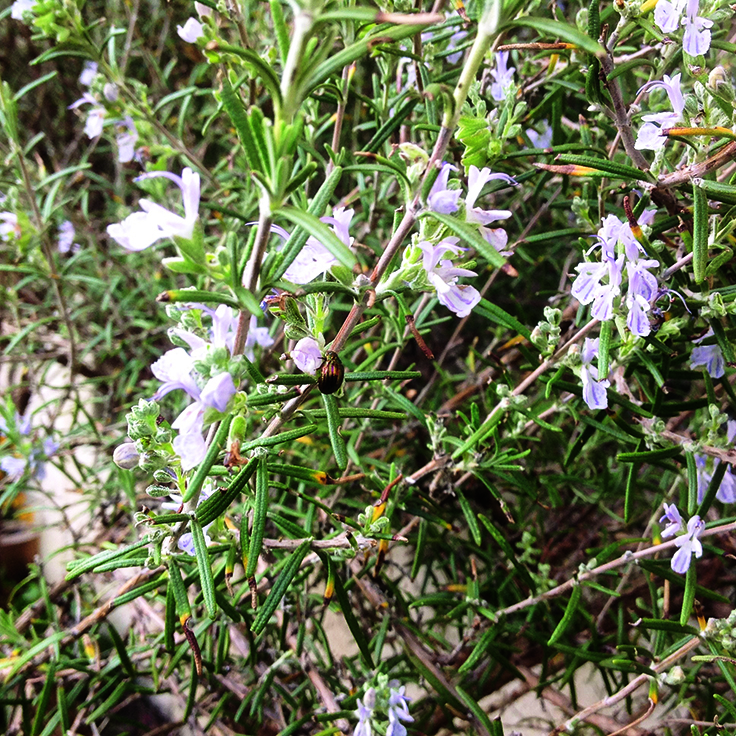
Issue 5 - September - October 2017


Abstract in open access
Under the current climate scenarios for Switzerland, the climate continue to warm over the coming decades. This will probably modify the complex of pest species found in crops as well as their phenology. A network of plots was set up in the Geneva Canton between2014 and 2016 in order to monitor nine emerging pest insects: Halyomorpha halys, Nezara viridula, Zeuzera pyrina, Tuta absoluta, Diabrotica virgifera , Ostrinia nubilalis, Lobesia botrana, Eupoecilia ambiguella, Scaphoideus titanus. The network allowed to determine the presence and the abundance of these species and to develop methods for their early detection. The observations of this project permitted specially to proof the presence of H. halys in urban area, to quantify the establishment and associated damages of N. viridulain protected crops or even to demonstrate the expansion of the distribution of S. titanusin the vineyard of Geneva.
Keywords: global warming, monitoring methods, emerging pest, invasive species, Geneva.
E-Mail: sophie.rochefort@hesge.ch
Adress: Hepia, 1254 Jussy

Abstract in open access
This study was carried out in Ticino during the 2013–2015 time period. Its objective was to establish the presence of alternative insect vectors and plant hosts for grapevine flavescence dorée (FD). The results show that while the mosaic leafhopper Orientus ishidae constitutes a second vector of FD, it does not help spread the disease in an epidemic way as Scaphoideus titanus, the main vector, does. O. ishidae is present in all studied vineyards, but with varying population densities. Corylus avellana and Salix sp. are its preferred plant hosts and FD-positive individuals were found among them. Moreover, four other FD-positive leafhoppers were identified, but, contrary to O. ishidae, their ability to transfer the disease to grapevines has still to be demonstrated. The FD ecology appears to be a much more opened system than previously thought, where the landscape surrounding the vineyards plays an important role by determining which alternative plant hosts are present, it also determines their associated insect vectors. The present control strategy, based on the eradication of FD, is challenged and must be reassessed.
Keywords: grapevine, hostplants, leafhopper, landscape, phytoplasma flavescence dorée.
E-Mail: mauro.jermini@agroscope.admin.ch
Adress: Agroscope, 6593 Cadenazzo

Abstract in open access
An irrigation trial conducted from 2009 to 2015 at the Agroscope experimental station in Leytron confirmed the positive effect of moderate water stress on the ripening of Pinot Noir grapes and on the quality of the wines produced from them. Progressive, moderate water stress in the course of the season resulted in less-vigorous stem growth and favoured grape ripening (higher sugar content and lower acidity of the berries) compared to vines without water stress. The wines were more coloured and richer in phenolic compounds, as well as being preferred in tastings. Bud fertility and the weight of the berries and clusters at harvest were not affected by the moderate water stress undergone by the vine. By contrast, more-severe water stress caused a decrease in leaf photosynthesis and in transpiration, as well as in leaf and berry nitrogen content.
Keywords: plant water status, grapevine physiology, berry composition, wine quality.
E-Mail: vivian.zufferey@agroscope.admin.ch
Adress: Agroscope, 1009 Pully

Abstract in open access
In recent years, LED (Light-Emitting Diodes) have strongly developed, especially for use in greenhouses. Indeed, they have various advantages including their efficiency, their lifetime, and wavelengths ranging from ultraviolet to infrared. The use of LEDs inside the crop seems to be indeed an interesting approach to increase the productivity of greenhouse tomato crops. In order to provide some answers in the Swiss context, an experiment was carried out by Agroscope in 2015 and 2016 to evaluate the interest of LED interlighting in combination or not with HPS lighting in tomato crop on substrate. The interlighting LEDs significantly increased the yields compared to the control without lighting in 2015 (+9 %), with continuous operation from 5h to 21h. This gain was not repeated in 2016 with a reduced duration of lighting. The combination of HPS lighting over and LED interlighting did not result in the increase of the yield compared to the modality with HPS lighting alone. Lighting has an effect on the diameter of the plants, which must be taken into account when conducting the crop.
Keywords: HPS, fruit-quality, supplemental lighting, interlighting.
E-Mail: celine.gille@agroscope.admin.ch
Adress: Agroscope, 1964 Conthey




 Download of full issue
Download of full issue
 Download article
Download article